#nita naldi
Explore tagged Tumblr posts
Text

Albert Vargas / 1923
432 notes
·
View notes
Text

Nita Naldi, Rudolph Valentino, and Natasha Rambova on board the steamer Leviathan in 1925.
86 notes
·
View notes
Photo

(via Vintage Movie Star Photos: Donald Biddle Keyes)
134 notes
·
View notes
Text

148 notes
·
View notes
Text

Nita Naldi by Edward Thayer Monroe, c. 1921
58 notes
·
View notes
Text

American performer Nita Naldi on a vintage postcard
#nita#postkaart#american#photo#vintage#postkarte#postal#postcard#photography#briefkaart#tarjeta#carte postale#ansichtskarte#nita naldi#naldi#historic#sepia#ephemera#performer
143 notes
·
View notes
Text






silent age vamps: nita naldi as miss gina in dr. jeyll & mr. hyde (1920)
#silent age cinema#silent age#nita naldi#vamps#1920s cinema#1920s movies#20s movies#20s cinema#moviesedit#filmedit#cinema#old cinema#horror#dr jekyll and mr hyde#movie screencaps
85 notes
·
View notes
Text

Lady of The Day 🌹 Nita Naldi ❤️
#silent film#silent era#silent actress#nita naldi#silent cinema#1920s cinema#silent film actresses#vintage beauty
53 notes
·
View notes
Text


#Nita Naldi#John Barrymore#Jack Barrymore#dr jekyll and mr hyde#1920#silent film#silent era#silent cinema#silent movies#silent stars#silent actors#mygifs*#myedits*#handsome#love#vintage#old hollywood#barrymore#the great profile#beautiful man
276 notes
·
View notes
Text

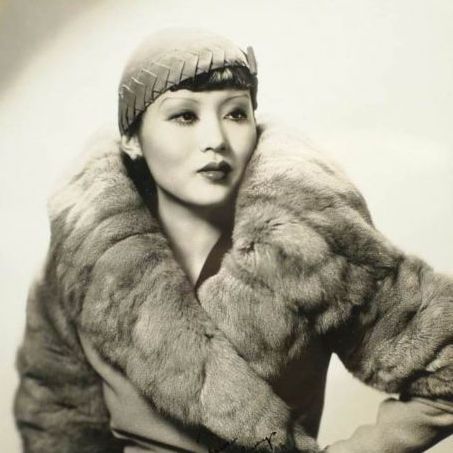
Propaganda
Nita Naldi (Blood and Sand)—Nita Naldi has been my Silent Movie girlfriend ever since I discovered her five years ago. She was one of the last great Silent Movie vamps and her iconic lipstick style (known as vampire lips) was created for her by Max Factor. Look at that intoxicating mix of sweet softness and sultry elegance. She absolutely floors me every time I see her. She is everything I have ever wanted or wanted to be.
Toshia Mori (The Bitter Tea of General Yen, Blondie Johnson)—i think Toshia Mori is a great example of someone who clearly had the makings and charisma of a star & who its easy to imagine thriving in a less white supremacist system than 20s and 30s hollywood. she began acting in silent movies in the late 20s, and in 1932 was selected as a "WAMPAS Baby Star" which was an annual promotion of promising up-and-coming young actresses by the Western Association of Motion Picture Advertisers, becoming the first Asian woman to do so. previous baby stars included Clara Bow, Joan Crawford, and Joan Blondell, and another 1932 honoree was Ginger Rogers. this likely led to her most sizeable role in The Bitter Tea of General Yen (unfortunately a movie with a lot of orientalism going on and white actors in yellowface). she was well received but the studio seemed to lose interest in her career and she largely continued to get bit parts; her last appearance was in a Charlie Chan movie in 1937. she deserved better!!
This is round 2 of the tournament. All other polls in this bracket can be found here. Please reblog with further support of your beloved hot sexy vintage woman.
[additional propaganda submitted under the cut.]
Nita Naldi:
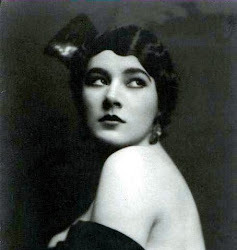

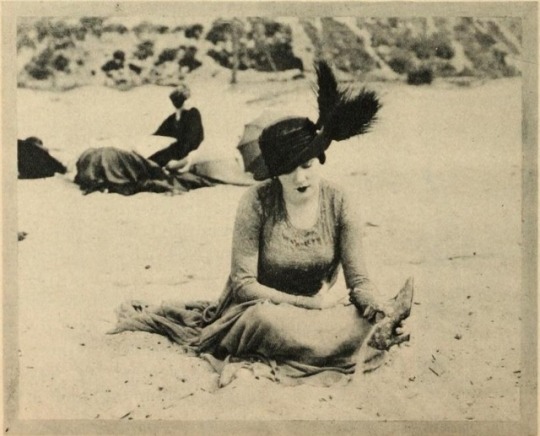


Toshia Mori:

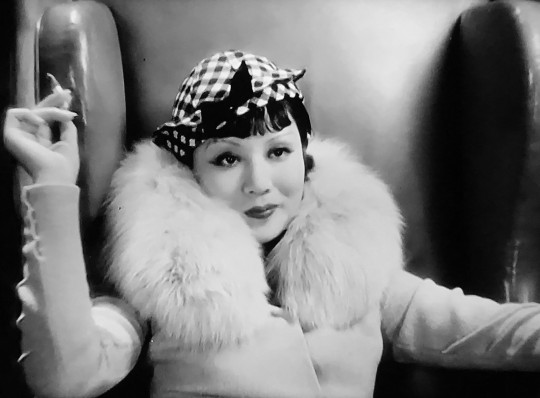
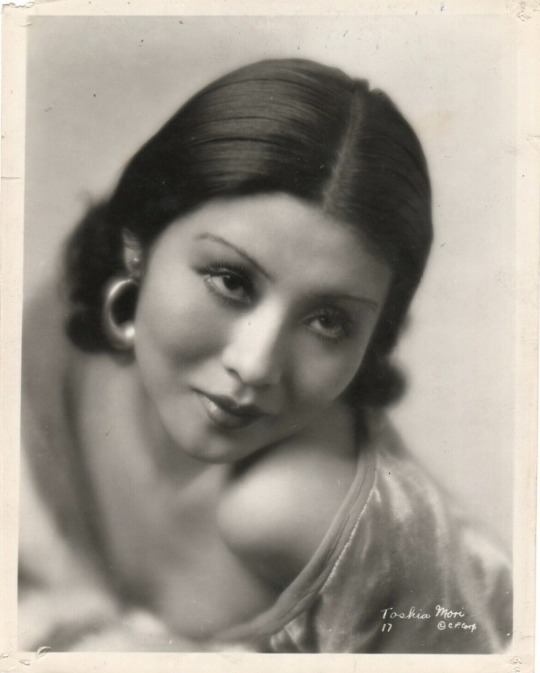


90 notes
·
View notes
Text

Nita Naldi as Elise Van Zile in “Cobra” - 1925
Gown by Adrian
#vintage#hollywood#actress#silent movie#nita naldi#cobra#rudolph valentino#1925#20’s#retro#black and white#diva#costumes#gown#adrian#old hollywod glamour#classic hollywood#vintage hollywood#vintage fashion
35 notes
·
View notes
Text
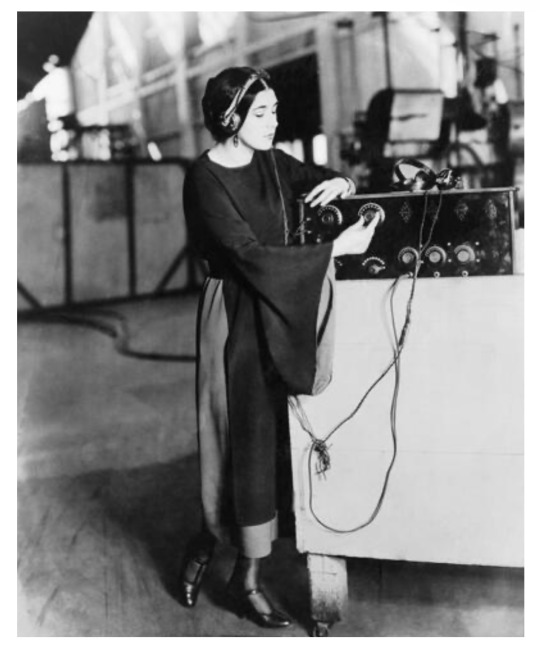
Nita Naldi listening to opera in 1922 on what looks like some type of radio communicator.
163 notes
·
View notes
Text

Nita Naldi and Rudolph Valentino
Italian postcard by Ed. A. Traldi, Milano, no. 887.Photo: Verginio Rebuo, Milano. Nita Naldi and Rudolph Valentino in Blood and Sand (Fred Niblo, Dorothy Arzner, 1922). Collection: Marlene Pilaete.
51 notes
·
View notes
Text

Nita Naldi by Edward Thayer Monroe, 1921
37 notes
·
View notes

